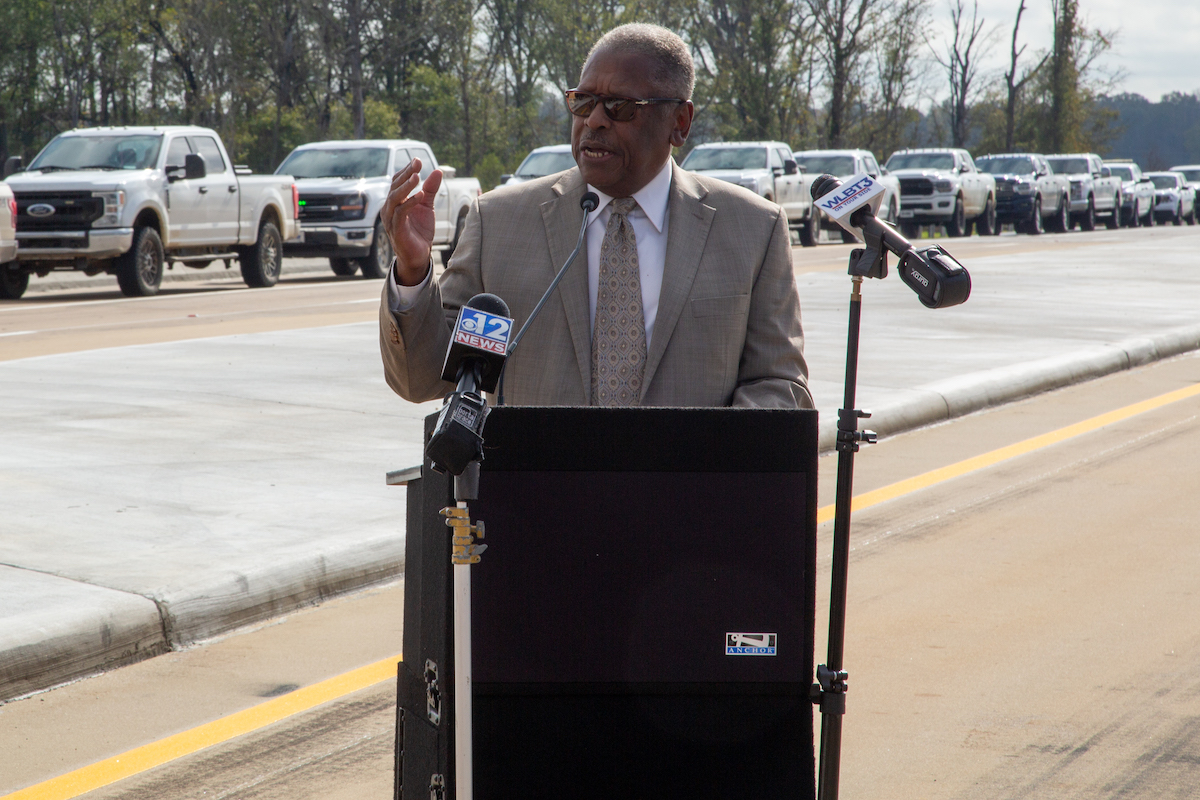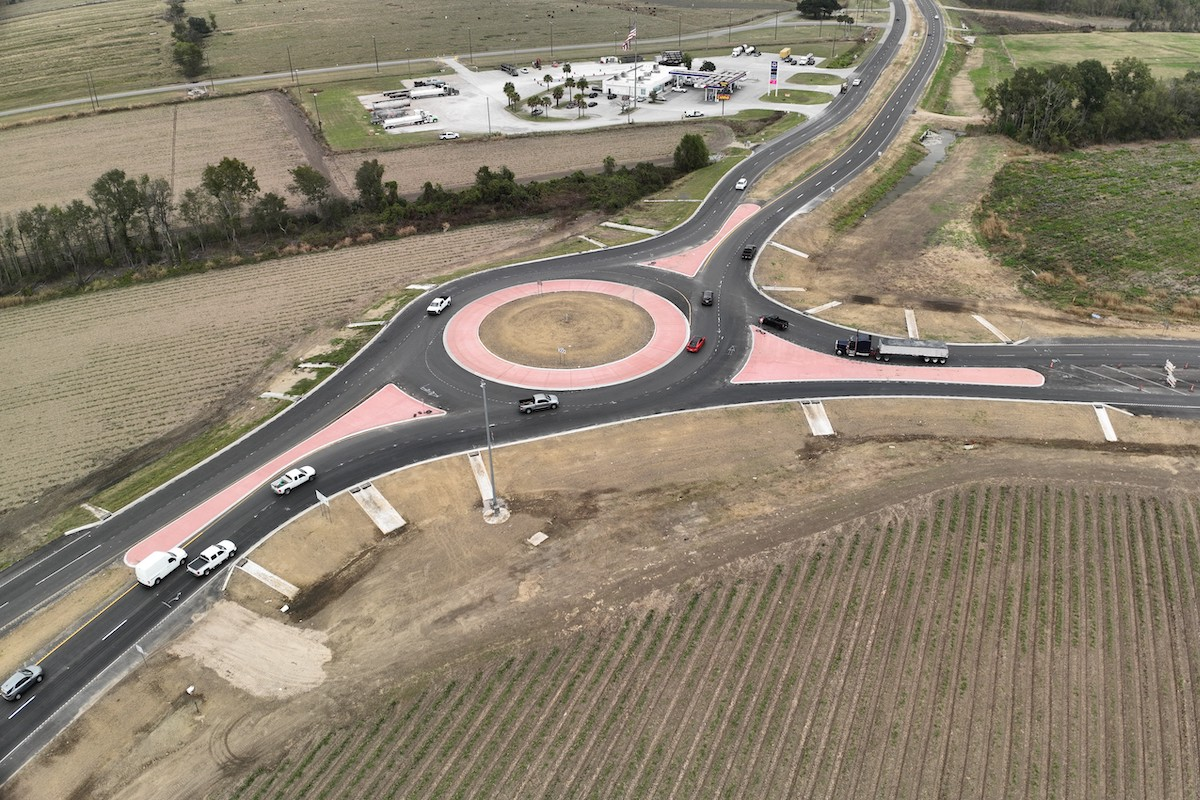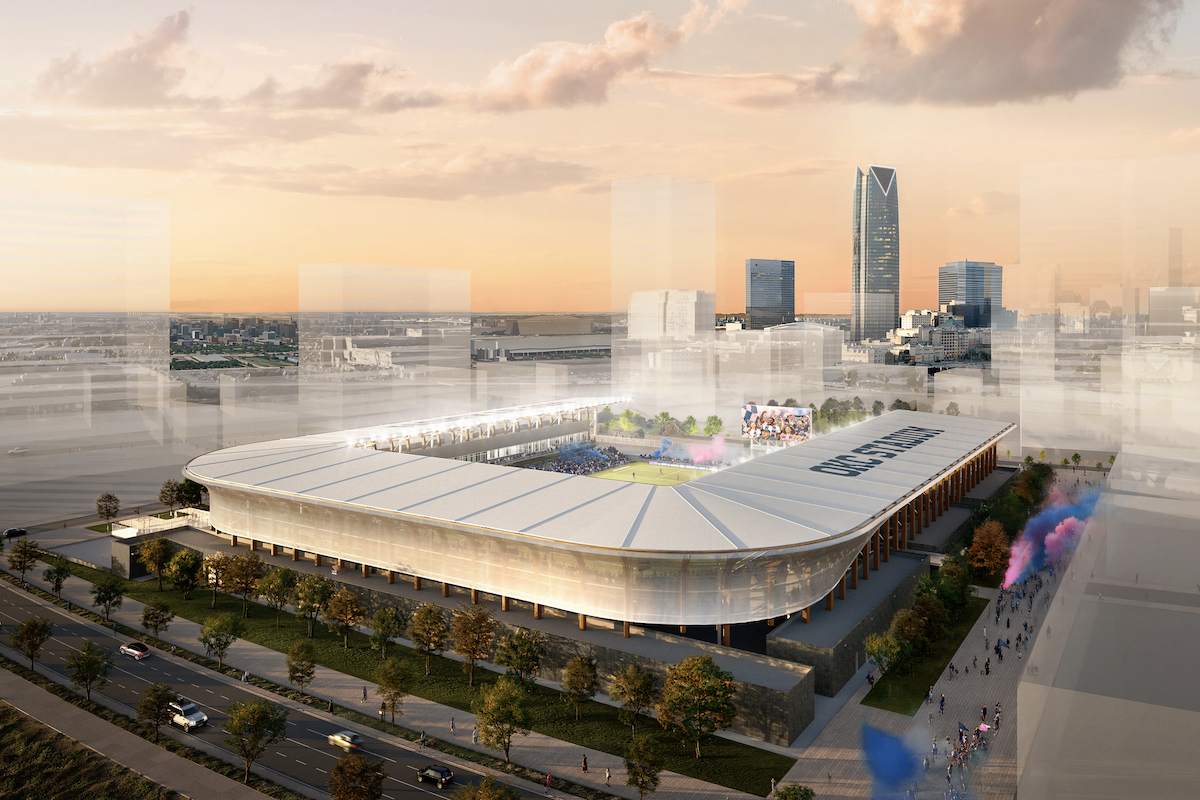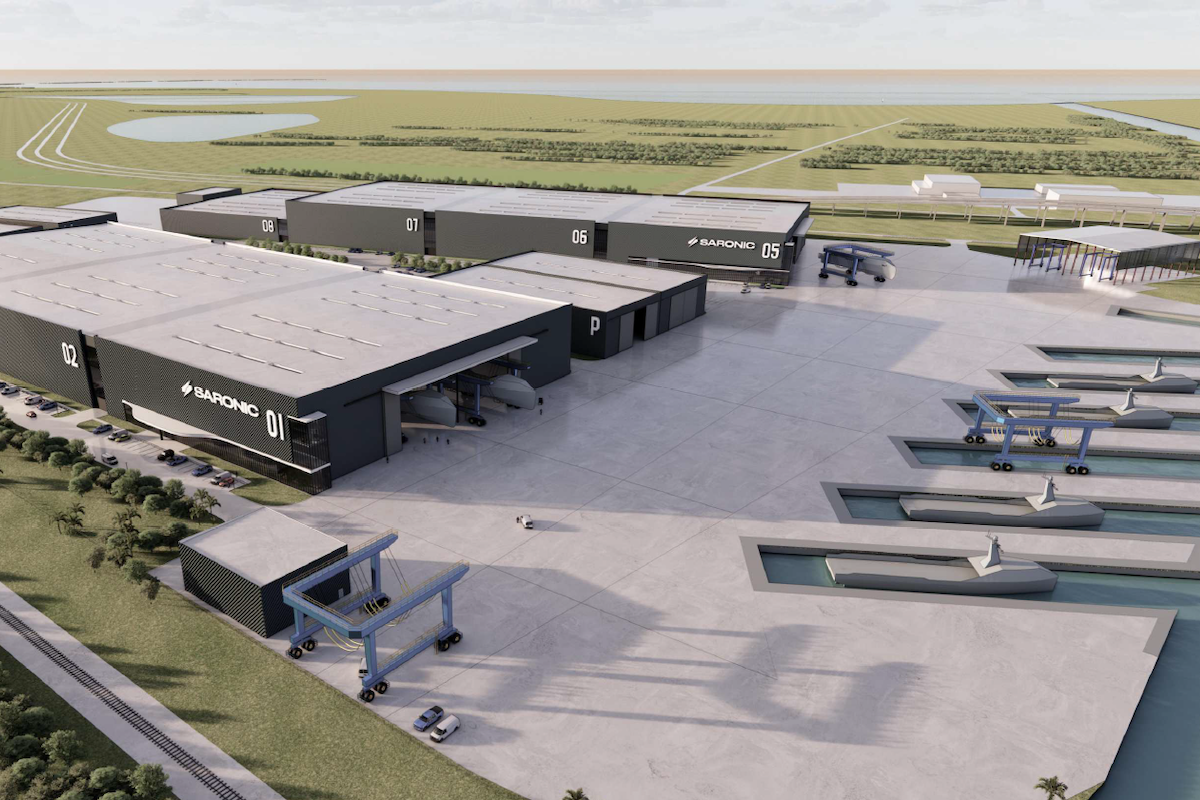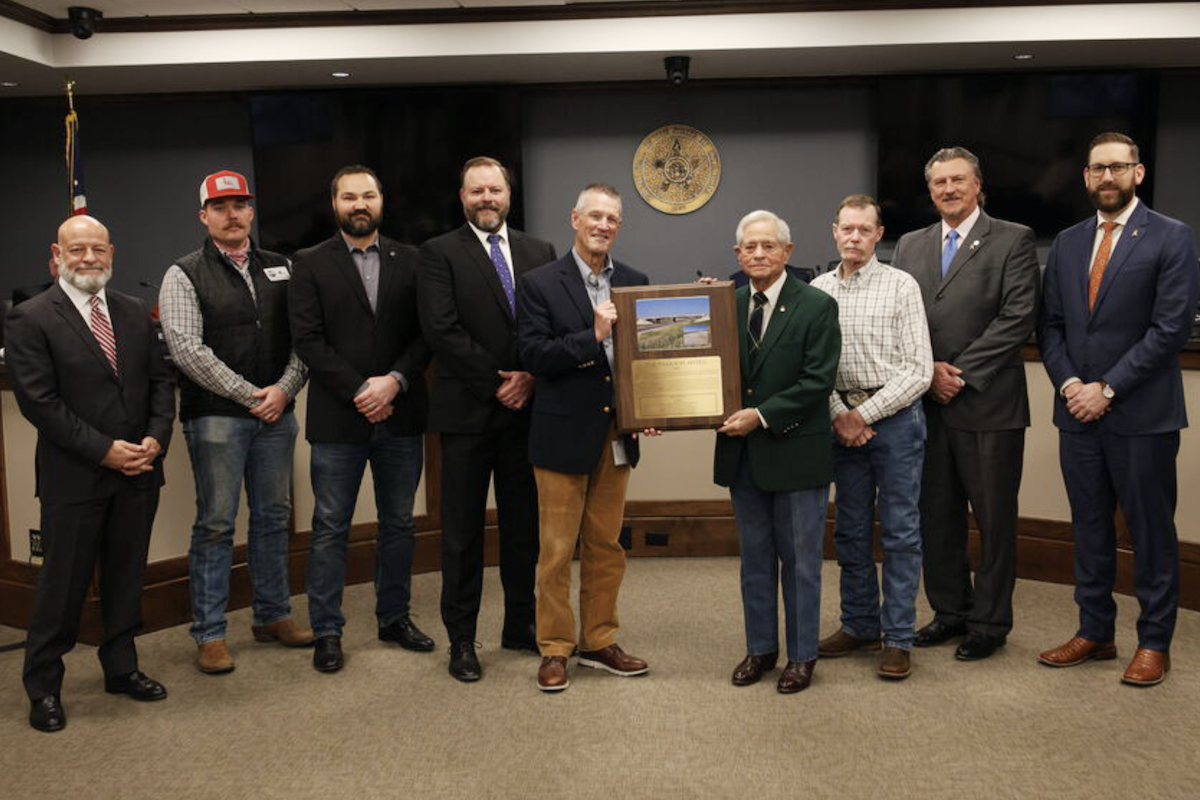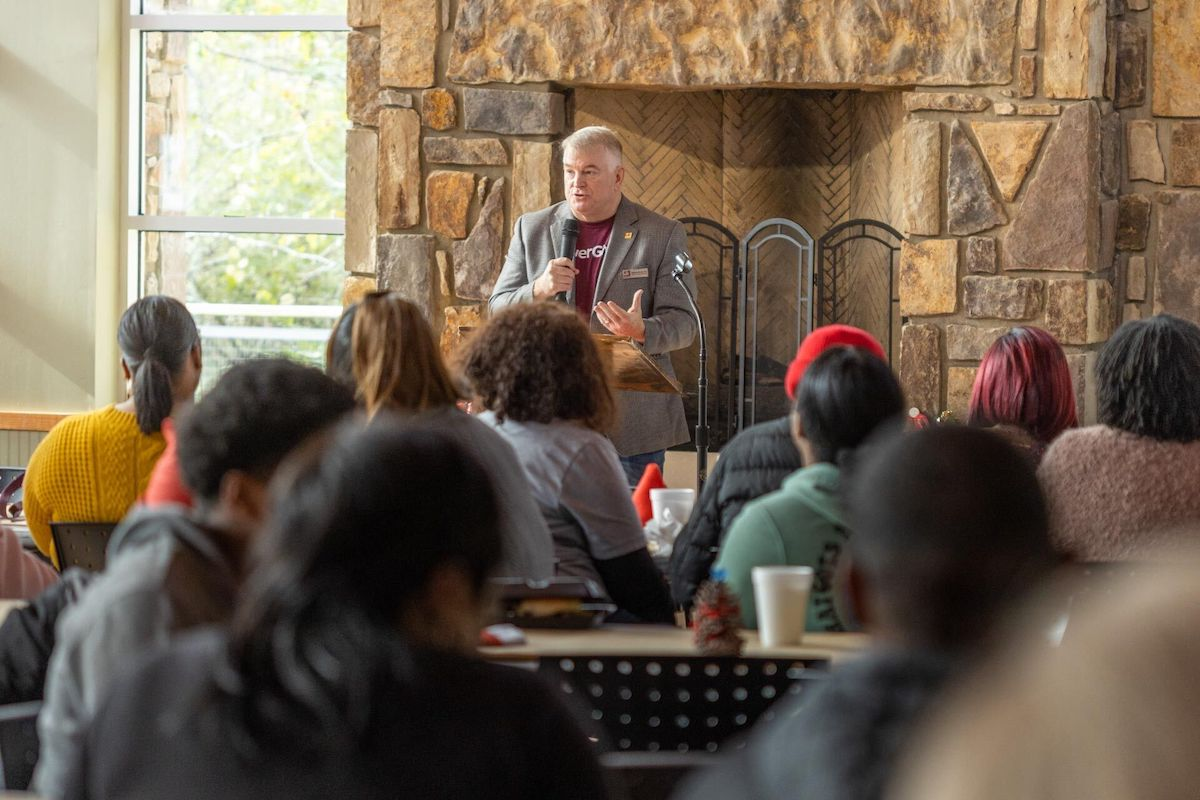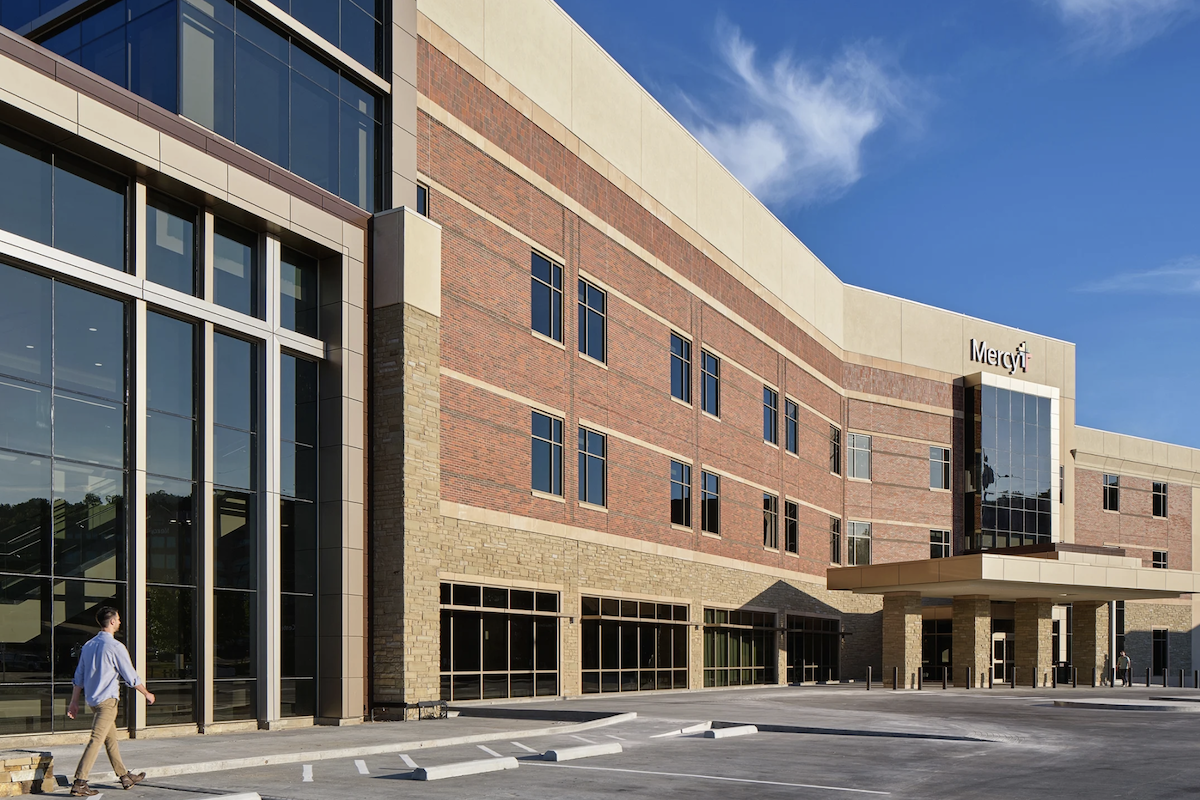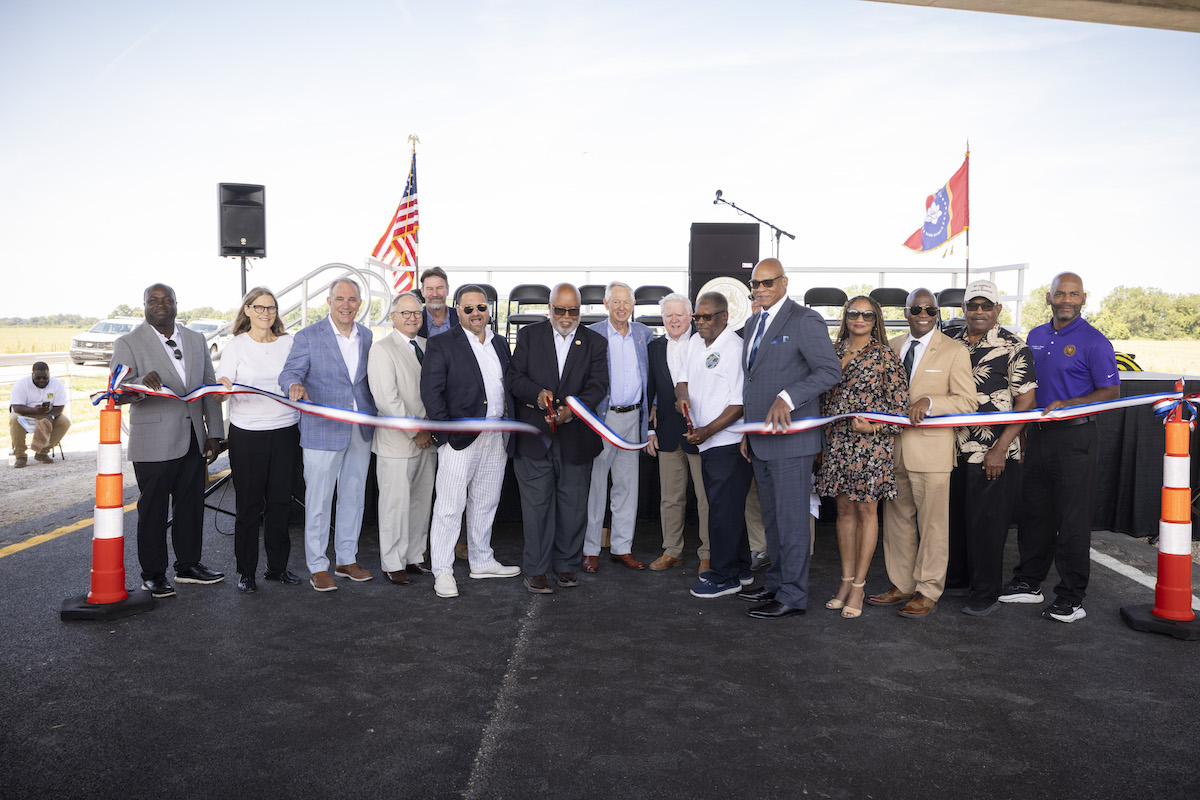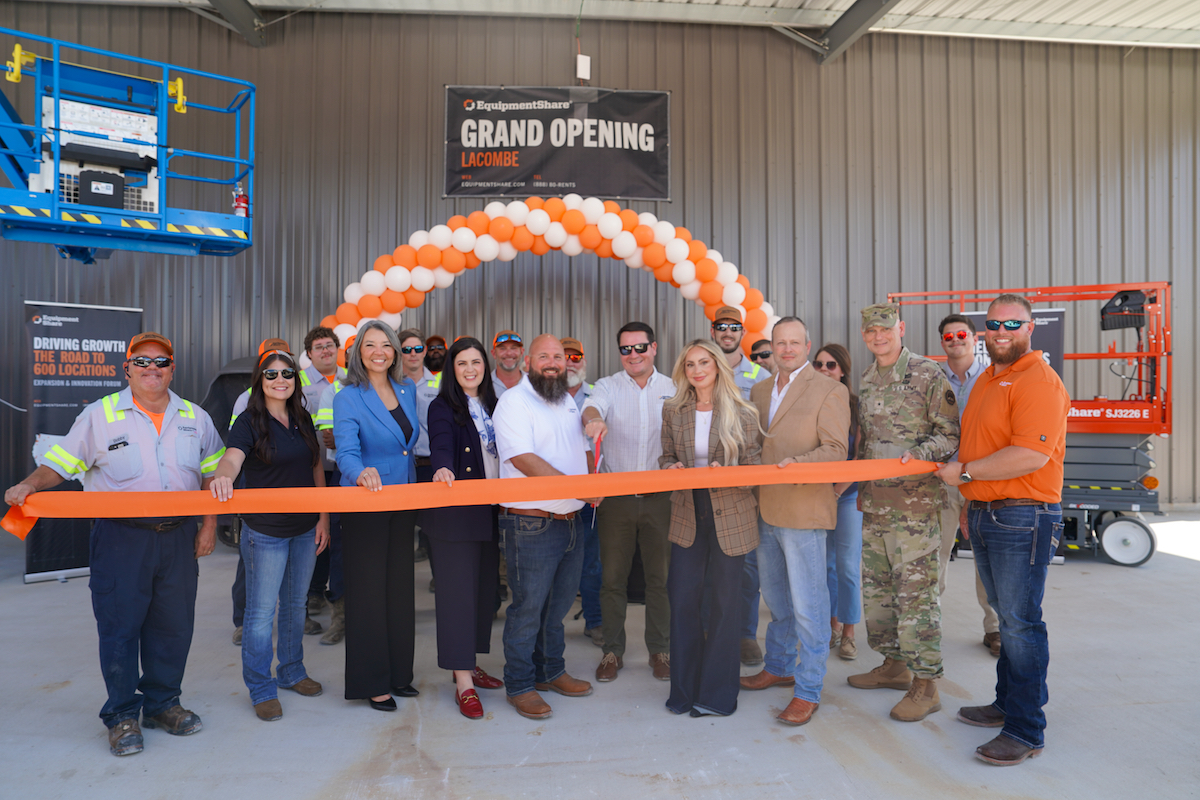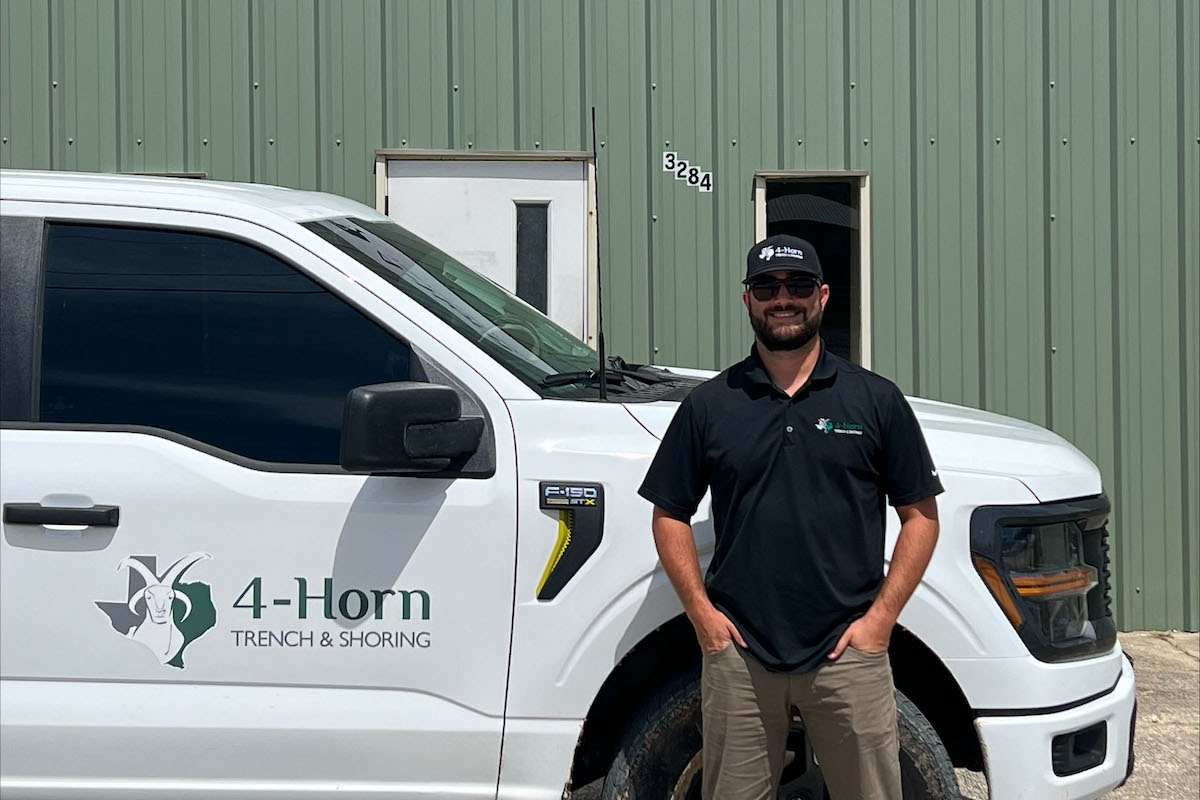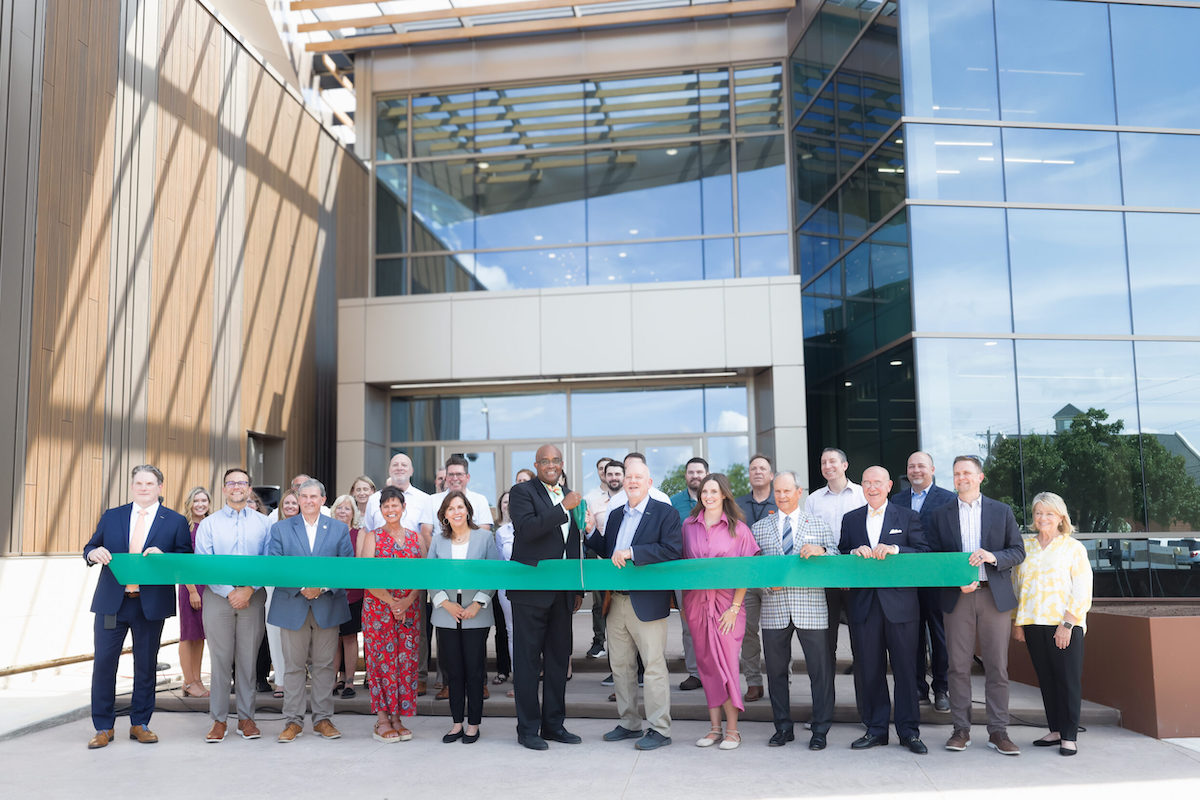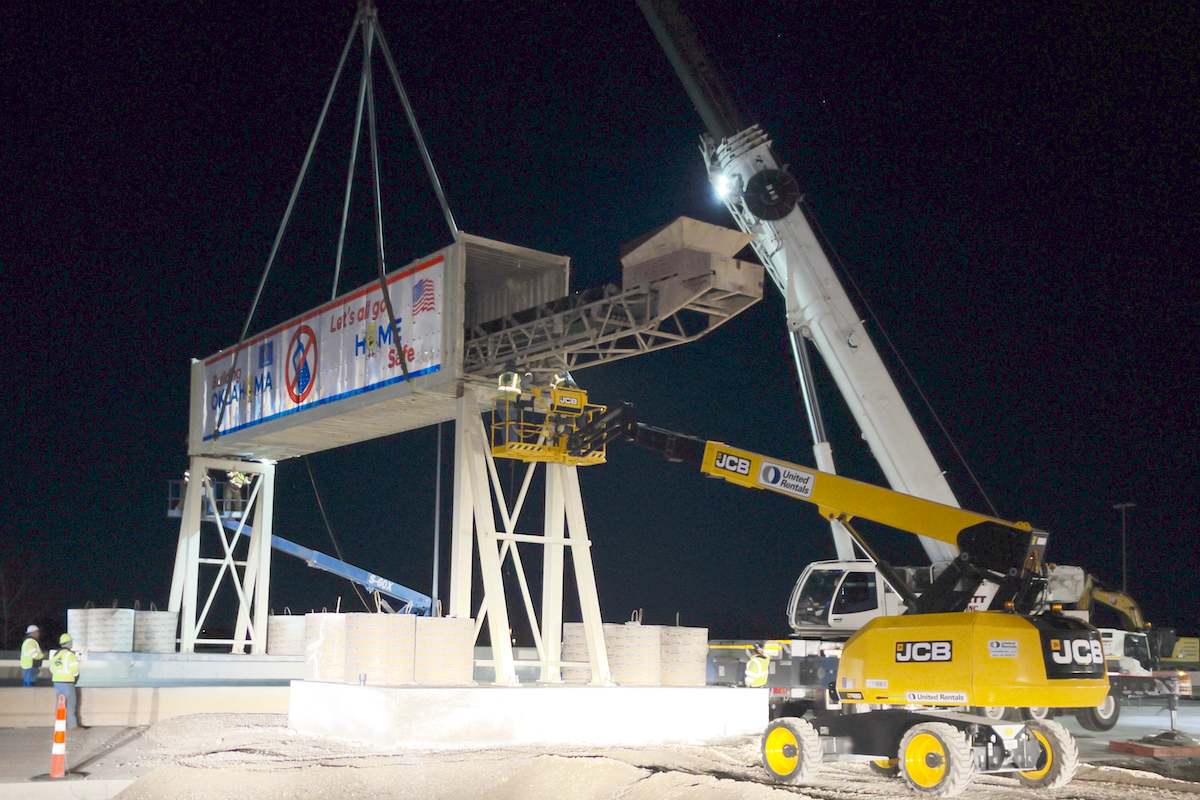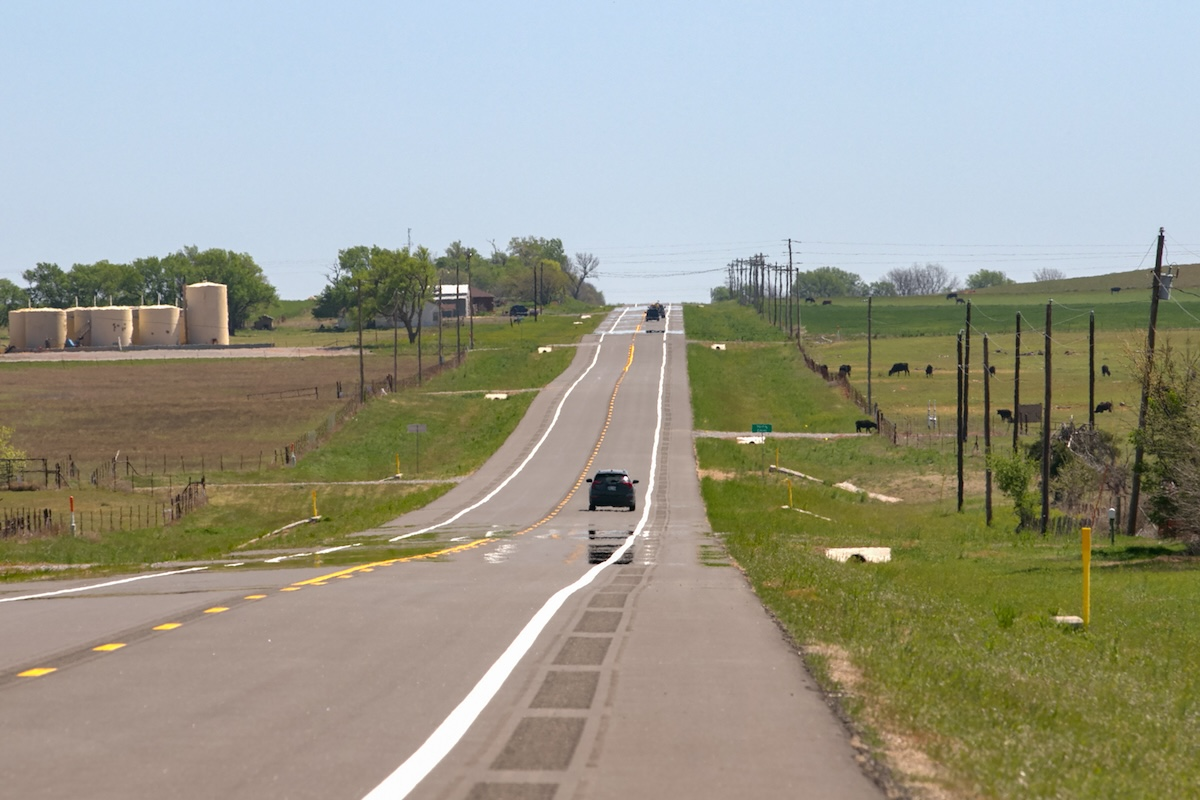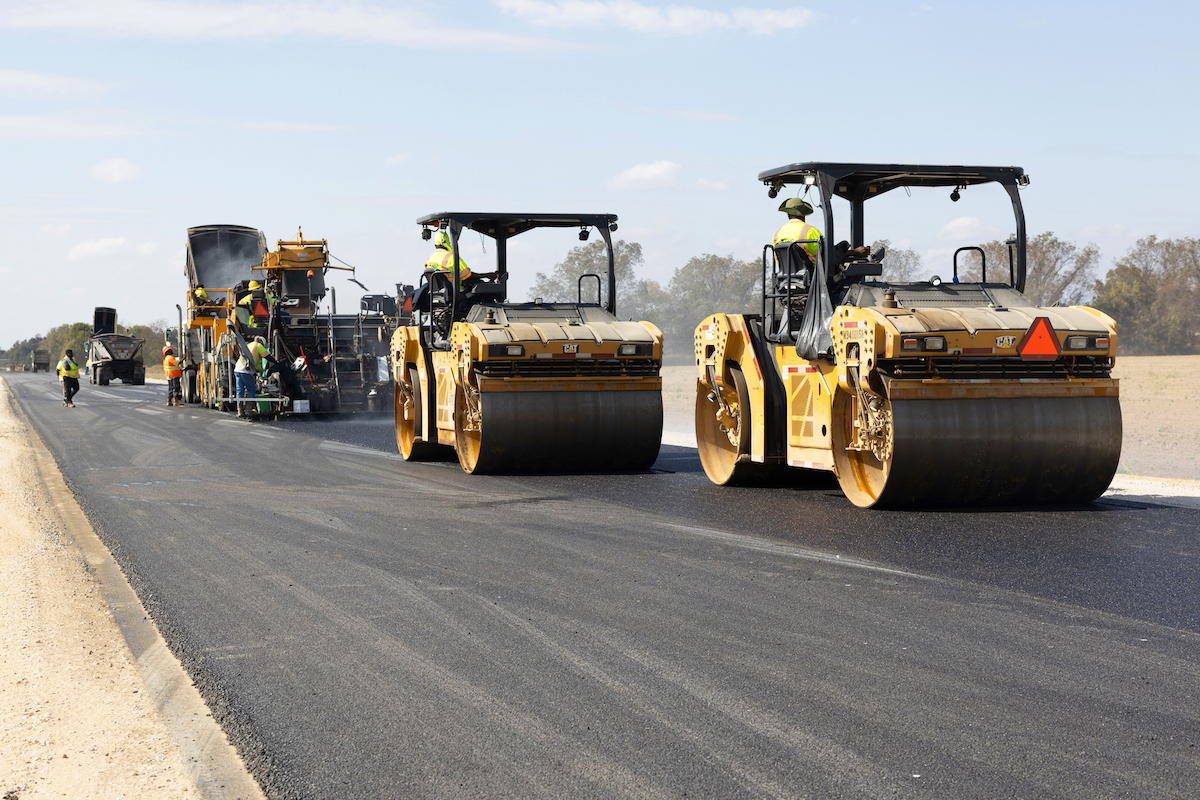With a budget of $260 million, the K-96 Improvements Project will upgrade the K-96 corridor between Interstate 135 and Interstate 35. The nine-mile stretch of freeway will undergo significant upgrades to accommodate the anticipated growth and development in the region, where daily vehicle users will double from 50,000 to 100,000 by 2050.
“There's lots of commercial development that has come along the [K-96] corridor over the last 25, 30 years since it was first built in the mid 90s,” said Jacob Borchers, Vice President and Project Manager at WSP. “This area, the northeast corner of Wichita, has really just exploded with unimaginable growth since it was built. And it's continuing to grow at a pretty aggressive rate.”
The key features of the project include expanding the corridor from four to six lanes between I-135 and 21st Street, replacing pavement between 21st Street and the I-35 Interchange, adding safe connections for pedestrians and cyclists, and reconfiguring seven interchanges: Hillside, Oliver, Woodlawn, Rock, Webb, Greenwich, and 21st.
The design team has proposed the use of diverging diamond interchanges (DDIs), which would be a first for the city of Wichita. DDIs significantly reduce congestion and enhance safety, along with providing more safety features for pedestrians and cyclists compared to traditional interchanges. The interchanges would include signalized intersections that can be activated by pedestrians or cyclists, providing protected crossings.

| Your local Case Construction Equipment Inc dealer |
|---|
| ASCO Equipment |
The K-96 Improvements Project will address numerous issues, including growing safety concerns, travel-time reliability, and congestion issues along K-96, where a yearly average of more than 200 accidents have occurred from 2015 to 2020. By reducing congestion, the project will help regulate travel during peak periods, resulting in fewer idling vehicles and decreased emissions. The improved interchanges will also reduce queuing on sideroads and ramps.
“Infrastructure is proven to be a catalyst for economic growth,” Borchers said. “We hear stories from the public, as we're out engaging on this project. There are people who will avoid K-96 because of the congestion, traffic delays, all of those things. These improvements will provide quality infrastructure that people can rely on to get to and from where they want to be.”
Currently, the project is in the early stages, with investigative work underway since 2022. Throughout 2023, the team will explore potential design concepts and conduct environmental reviews to evaluate the project's impact on the environment, economy, and society. Community engagement has been a driving force for the project, with a community outreach group established at the onset of the design process. This group — consisting of local businesses and property owners — ensures their involvement from the start of the project and aims to identify preliminary challenges and opportunities for improvement.
To aid in the community outreach efforts, a digital twin is being developed for the project. This technology offers a digital rendering of a real-world, physical entity, allowing project members and stakeholders to interact with the digital version of the project during planning, design, and construction. This will be the first time this technology is implemented in the state of Kansas.
“The digital twin will allow the project team to coordinate different elements of the design virtually, ensuring a more efficient construction process,” said Chris Harman, WSP Director of Digital Delivery and Innovation. “The twin will also act as an integral tool for the team to engage with project stakeholders throughout the project’s delivery.”
Starting in 2024, the team plans to finalize the design of the K-96 improvements and complete preconstruction activities. Construction is expected to last approximately four years, with an anticipated start date as early as 2026. The public will receive information about construction phasing and potential road closures as the project's commencement approaches.
WSP, serving as the prime consultant, will provide the following services for the K-96 Improvements Project: project management, communications/community engagement, environmental assessment, toll study, traffic engineering/design — including lighting, signing, intelligent traffic systems, and traffic signals — and bridge, roadway, drainage, and pavement design. The subconsultants for the design team include: TranSystems Corporation, JEO Consulting Group, Hg Consult, Inc., WSP E&I (formerly Wood), Terracon Consultants Inc., Cohlmia Marketing, and ECONorthwest.

















